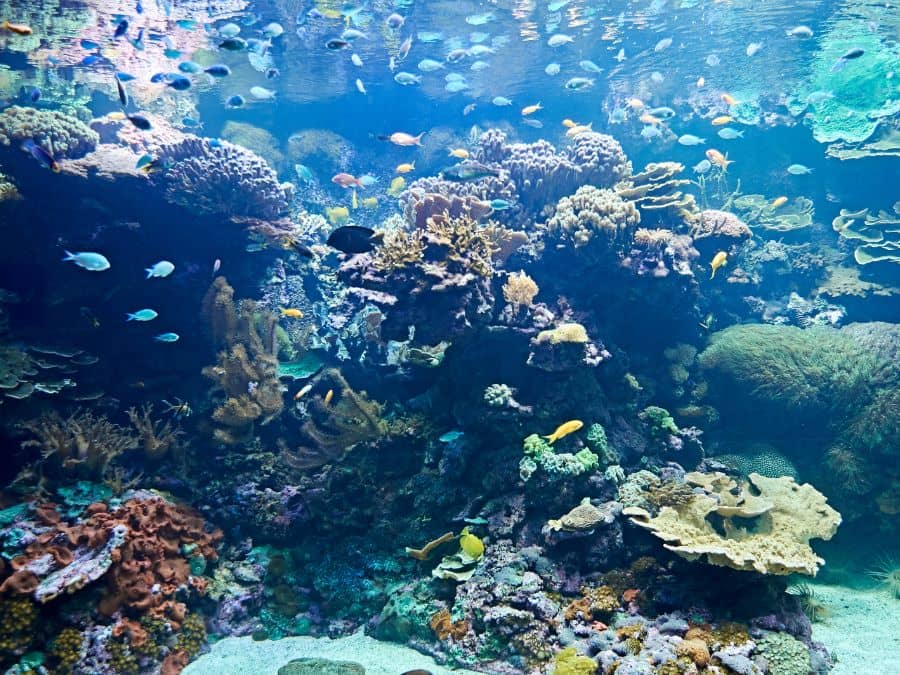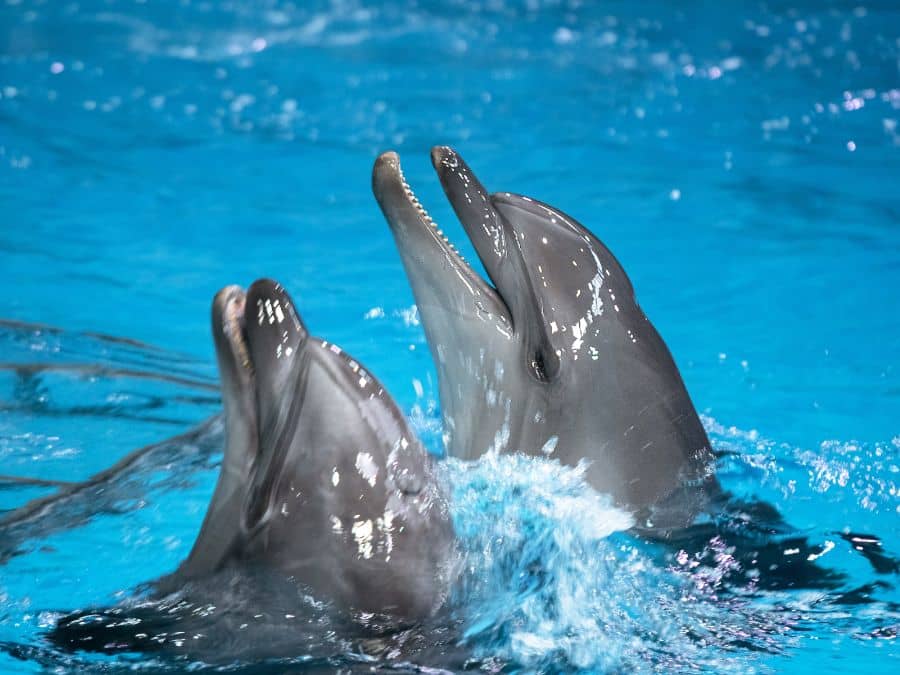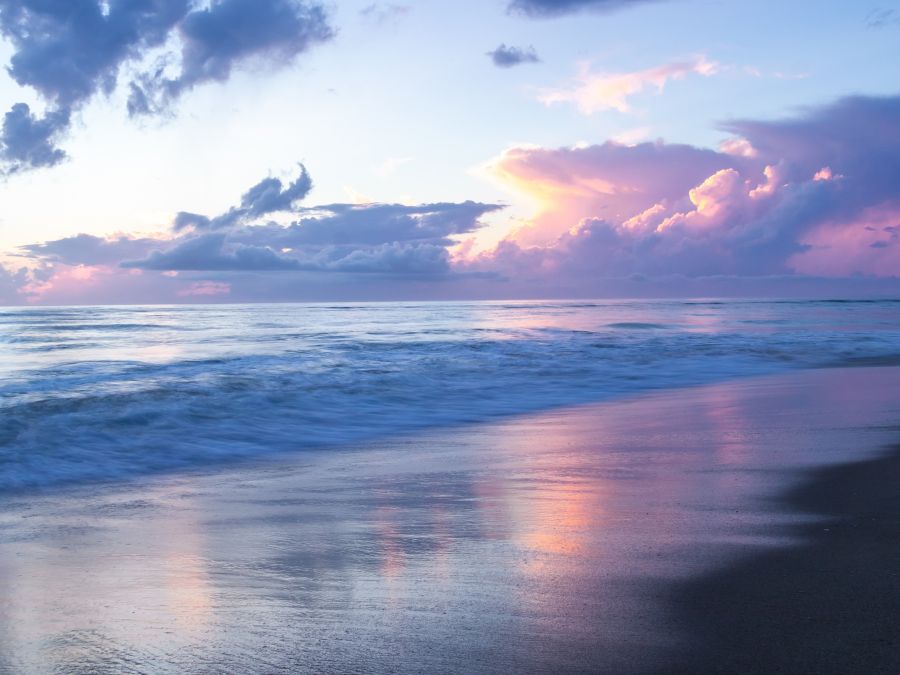Unveiling the Aquatic Life in the Outer Banks A Deep Dive
Have you ever wondered what lies beneath the crystal-clear waters of the Outer Banks? The aquatic life in this region is vast and diverse, with numerous species of fish, crustaceans, sea turtles, and dolphins inhabiting these waters.
Exploring this underwater world can be an incredible experience that will leave you awestruck by the beauty and complexity of marine life. More about The Unique Salamanders of Appalachian North Carolina
The Outer Banks are known for their stunning beaches and laid-back atmosphere, but they also boast a rich marine ecosystem. From colorful fish swimming through coral reefs to playful dolphins jumping out of the water, there is no shortage of fascinating creatures to discover.
In this article, we will take a deep dive into the aquatic life of the Outer Banks and explore some of its most intriguing inhabitants. We’ll also discuss how you can experience this underwater world for yourself while emphasizing the importance of conservation efforts to protect these precious ecosystems.

The Variety of Fish Species in the Waters
You won’t believe the sheer number of fish species you’ll encounter in these waters – it’s sure to leave you feeling awestruck and amazed.
The Outer Banks boast popular fishing spots where anglers can catch a wide variety of fish species, such as tuna, mahi-mahi, marlin, wahoo, and sailfish. These fishes are abundant in the deep blue waters surrounding the banks and are a favorite catch among sport fishermen.
The unique underwater habitats found in the Outer Banks also attract an impressive array of fish species. From shallow water seagrass beds to offshore coral reefs, each habitat supports different kinds of marine life.
For instance, red drum and spotted seatrout thrive in estuaries along with other fish like flounder and sheepshead, while barracudas prefer deeper waters near wrecks or artificial reefs.
With so many diverse underwater ecosystems present here, the Outer Banks is truly a paradise for those who love exploring the aquatic world.

Sea Turtles and Their Importance in the Ecosystem
Sea turtles play a crucial role in maintaining a healthy ecosystem, and their presence can indicate the overall health of our oceans. These magnificent creatures not only are beautiful to observe, but they also contribute significantly to the marine food chain by controlling jellyfish populations and serving as prey for larger ocean predators.
Unfortunately, sea turtles face numerous threats such as climate change, habitat destruction, and pollution that have led to declining populations worldwide. To combat this issue, conservation efforts have been implemented globally to protect sea turtle nesting seasons and increase awareness of their importance in the ecosystem.
Some initiatives include beach cleanups, limiting human interaction during nesting season, and reducing plastic waste that can harm or be ingested by these animals. The success of these efforts has already been seen in some areas where sea turtle populations have increased due to protective measures.
It is crucial that we continue these conservation efforts so future generations can enjoy the beauty and benefits of having healthy sea turtle populations in our oceans.

The Fascinating World of Crustaceans
Exploring the intriguing realm of crustaceans reveals a wealth of fascinating creatures with unique adaptations and behaviors. From the tiny yet impressive pistol shrimp to the majestic blue crab, these invertebrates are an important part of marine ecosystems.
Crustaceans possess a hard exoskeleton that protects their bodies and allows them to survive in various aquatic environments. Their complex anatomy includes specialized appendages such as claws, antennae, and swimmerets that help them hunt for food, reproduce, and defend themselves.
The commercial crustacean industry is also an essential component of coastal economies. Lobsters, crabs, and shrimp are highly sought after by seafood enthusiasts worldwide due to their succulent meat and nutritional value. However, overfishing has led to declining populations in some areas which have prompted stricter regulations on harvesting practices.
It is crucial to continue studying crustaceans not only for scientific purposes but also for sustainable management practices that ensure they remain a valuable resource for future generations.

The Playful and Intelligent Dolphins
Get ready to witness the playful and intelligent nature of dolphins as they leap and dance through the waves.
Dolphins are known for their highly social behavior, often traveling in groups called pods. They communicate with each other through a variety of sounds including clicks, whistles, and body language.
One fascinating aspect of dolphin communication is their ability to use echolocation. By emitting high-pitched clicks and listening for the echoes that bounce back from objects in their environment, dolphins can determine the location, size, and shape of nearby objects. This skill allows them to navigate through murky waters where visibility is limited.
Additionally, dolphins have been observed exhibiting complex behavior patterns such as cooperative hunting and caring for sick or injured members of their pod. These behaviors suggest a level of intelligence that is rare among non-human species and further highlights the marvels of aquatic life in the Outer Banks region.

The Best Ways to Experience the Aquatic Life
Experience the wonders of the ocean by taking a boat tour or snorkeling excursion. The Outer Banks is home to a diverse range of aquatic life, and there’s no better way to immerse yourself in this world than by getting up close and personal with it.
Snorkeling is an excellent way to explore the underwater world, but it’s important to keep a few things in mind before you jump in. First and foremost, always wear a life jacket. Even if you’re an experienced swimmer, currents can be unpredictable and accidents can happen.
Additionally, make sure your equipment fits properly and that you’re comfortable using it. When snorkeling, try to avoid touching any marine life or disturbing their habitat. Lastly, if you want to capture some great photos of your adventure, invest in an underwater camera and practice your photography techniques before diving in.
With these tips in mind, you’ll be able to fully enjoy all that the Outer Banks has to offer beneath its waves.
The Importance of Conservation and Protection Efforts
Preserving the ocean’s delicate ecosystem is vital for its survival, as it serves as a lifeline sustaining countless species and providing oxygen to the planet. However, human activity has significantly impacted marine habitat, with pollution, overfishing, and climate change causing irreparable damage to aquatic life.
To ensure that future generations can still enjoy the beauty of the ocean and its inhabitants, conservation efforts must be made.
Community involvement in conservation efforts is crucial in protecting aquatic life. Simple actions like reducing plastic waste or supporting sustainable fishing practices can make a significant impact on preserving our oceans’ health.
Additionally, education on the importance of conservation can inspire people to take action in protecting marine habitats. By working together towards this common goal, we can ensure that our oceans remain healthy and vibrant for years to come.

Understanding And Appreciating The Unique Aquatic Life present in Outer Banks
Now that you’ve explored the aquatic life in the Outer Banks, it’s important to understand the significance of conservation and protection efforts. The delicate balance of this ecosystem depends on human intervention to maintain its biodiversity and functionality.
One theory suggests that protecting marine areas can lead to a significant increase in fish populations. This can have positive effects on not only the ecosystem but also local economies through increased fishing opportunities. Check this article about Carolinas Coastal Wildlife Exploring the Rich Biodiversity
This highlights the importance of responsible tourism and sustainable practices that minimize human impact on these fragile environments. By understanding and appreciating the unique aquatic life present in the Outer Banks, we can work towards preserving it for future generations to enjoy and learn from.

